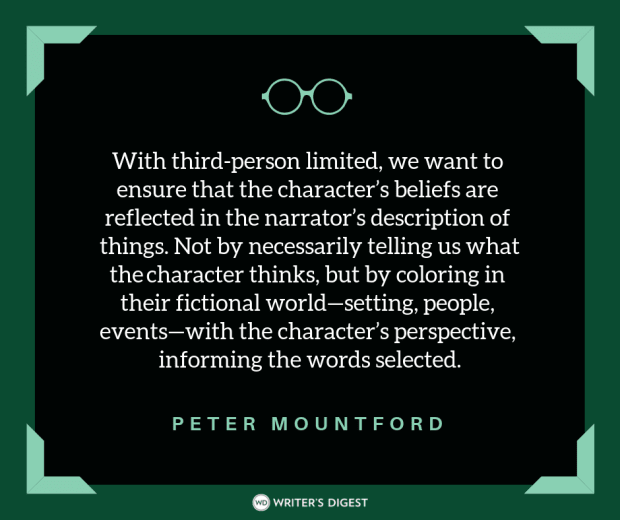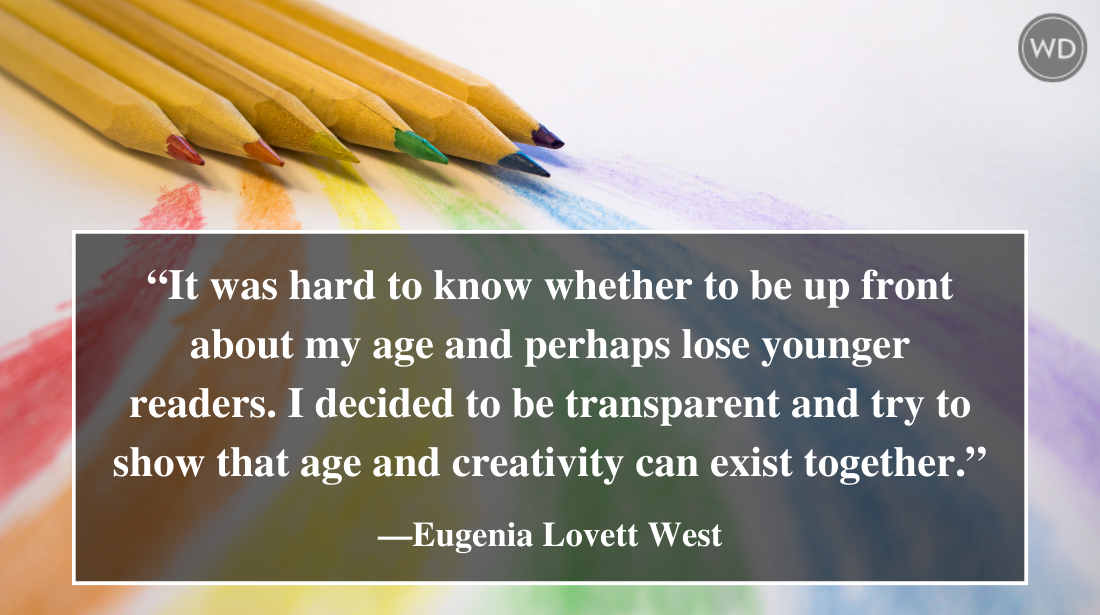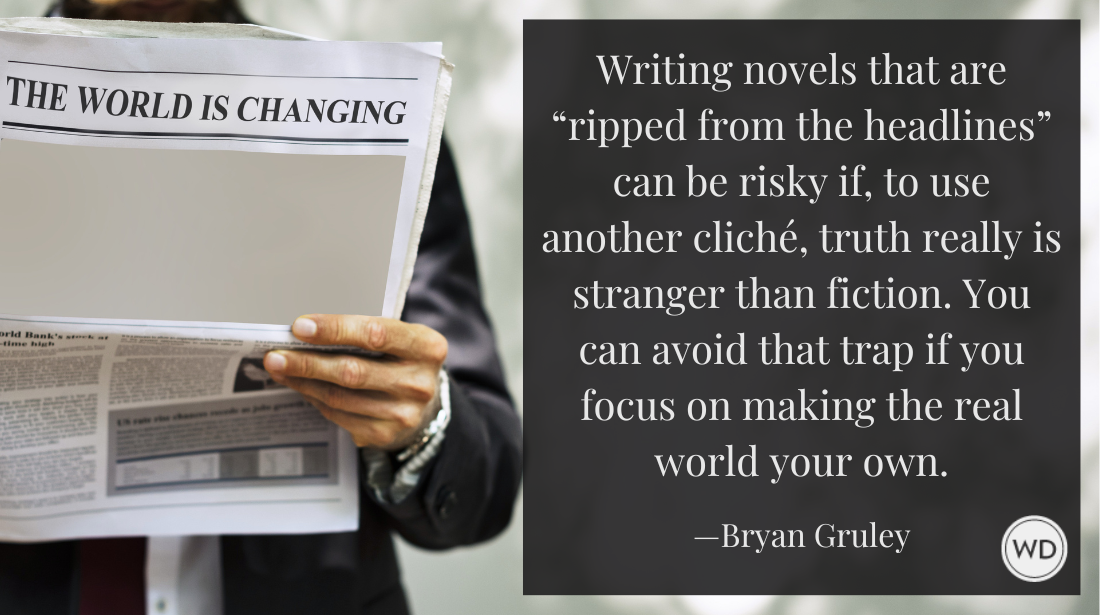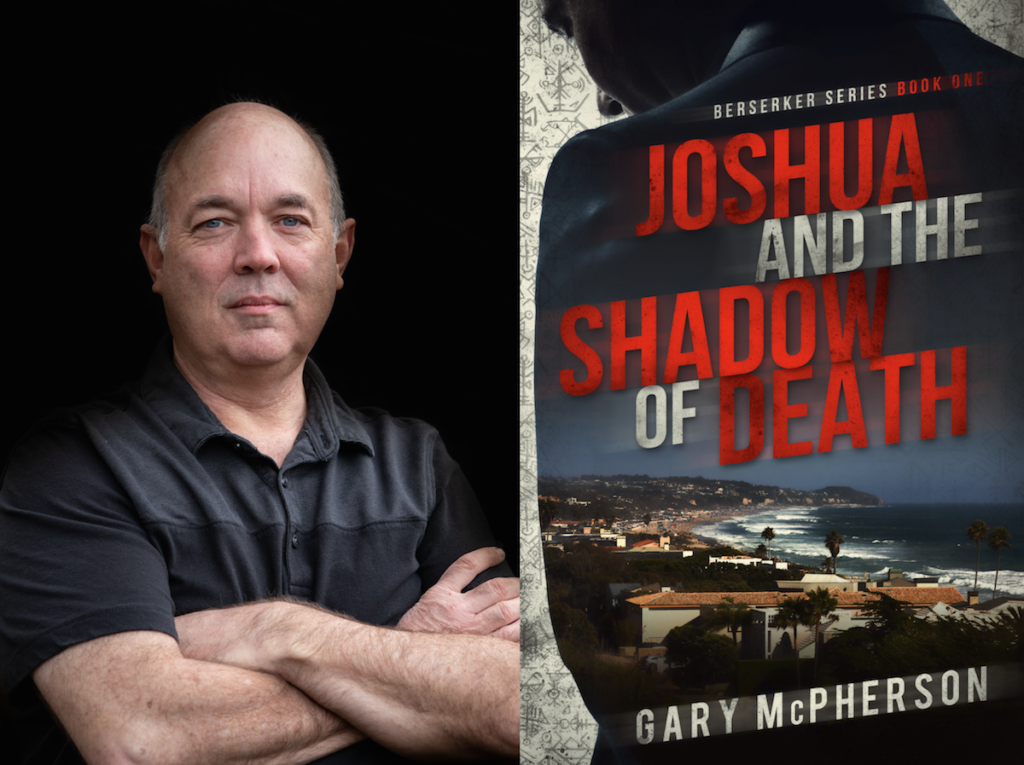Story Openings: What Constitutes Significant/Meaningful Action?
My post on The Biggest Bad Advice on Story Openings has generated a lively and sometimes controversial discussion about the facets and subtleties of an action scene opening. I still…
My post on The Biggest Bad Advice on Story Openings has generated a
lively and sometimes controversial discussion about the facets and subtleties of an action scene opening.
I still think my advice is dead on, and
that agents/editors aren't looking for action-oriented scenes as much as
a compelling and interesting opening. But action does not automatically
equal compelling and interesting.
Sharon Cousins posted a
response that I found extremely helpful, offering examples of action
that is meaningful, not empty. Here's what she shared:
…
It is
disconcerting to find oneself in the middle of, say, a battle in which
one does not even know which side matters or who to care about. Starting in the heat of the crisis scene—and then flashing back through
the whole rest of the story—gets old. On the other hand, books that
start with pages of rambling exposition or descriptions are not exactly
engaging either.
My working answer at this point? Part of it is
start with an action of significance to the story. Not
necessarily
"the" action in terms of climactic or something large or extreme, but something
central to the main character(s) should be happening, moving
in the first sentence, in a way that contributes to forming an image in
the reader's mind that engages, and something significant should keep
happening after that sentence. Quick examples:
No
significant
action
The sun on the horizon shone clear
and bright in a blue
sky with floating picture-book clouds. A rooster crowed, sounding proud
in the still air, answered by a ba-ah from a waking sheep. Morning had
broken and it was a fine day for the fair.
Significant
action
Two
pairs of small blue eyes opened to the ray of sunshine that peeped
through the curtains. Sally jumped out of bed and ran to the window,
her heart beating fast. "It's a beautiful day for the fair, Mary," she
said, "and I just know our pumpkin is going to win the prize!"
I
think choosing the right significant action—one that lets you start
painting your picture and engaging people in your characters—is very
important. In my second example, in three sentences we are introduced
to two characters, we start getting a picture of them, and we have at
least one question introduced and the beginning of tension. Most people
will cheer for kids trying to win a prize at the fair, so reader
engagement begins. Because something happens right away, there is more
of a feeling that the story is going to keep moving. The elements are
working for the story. In the first example, nothing is really working
for the story except a hint that there will be a fair involved. It
could be the opening for any one of hundreds of stories about going to
the fair.
Rock bottom, for a story to succeed, you need to make
the reader care, whether that reader is a prospective agent or editor or
your next-door neighbor. Beginning with the right significant
action—one that is graphic in terms of making an image in the reader's
mind—can be very important. The right significant action doesn't
necessarily have to be part of a large event or action, but will be one
that contributes to engagement with your character(s) and one that can
logically lead to further development of story questions, tension, and
directions.
My thanks to Sharon for granting me
permission to post.
Brief bio of Sharon: She is the Idaho
regional representative for the International Women's Writing Guild.
She spends most of her time in her unique
travel-trailer-turned-writing-studio, working on her novel-in-revision,
her newsletter, and her website, Write 'em Cowgirls!
Sharon also writes and edits for Solar Cookers International,
where she serves on the executive board. She hopes to be agent-hunting
soon.
Jane Friedman is a full-time entrepreneur (since 2014) and has 20 years of experience in the publishing industry. She is the co-founder of The Hot Sheet, the essential publishing industry newsletter for authors, and is the former publisher of Writer’s Digest. In addition to being a columnist with Publishers Weekly and a professor with The Great Courses, Jane maintains an award-winning blog for writers at JaneFriedman.com. Jane’s newest book is The Business of Being a Writer (University of Chicago Press, 2018).








